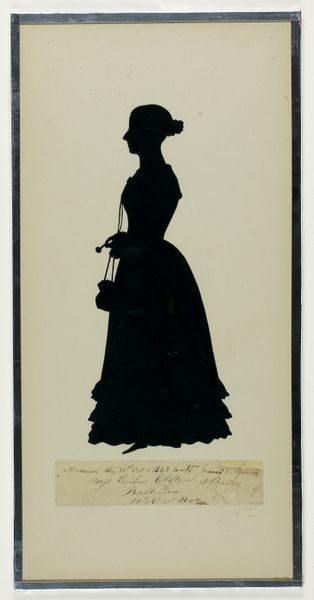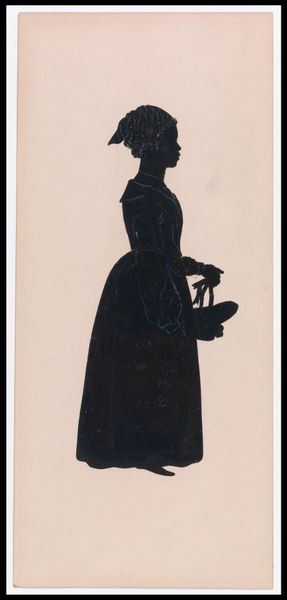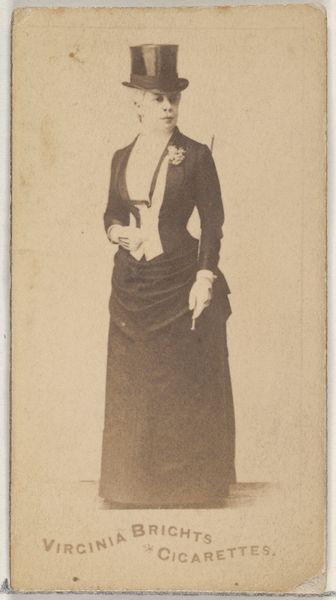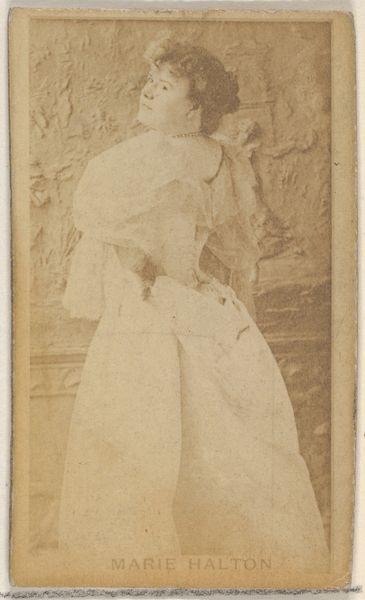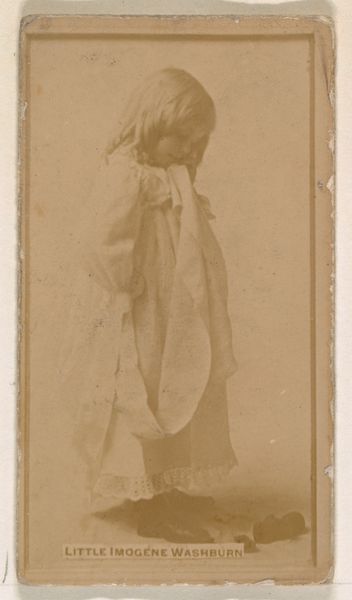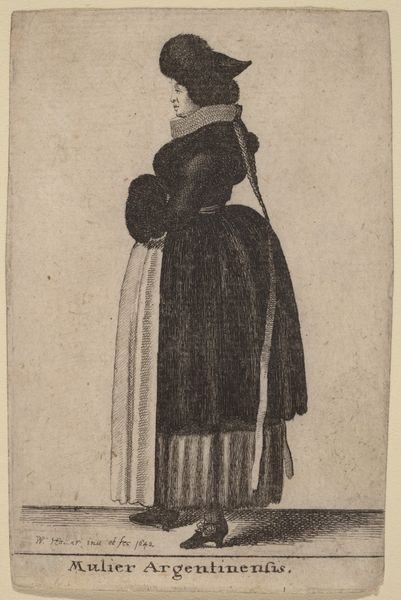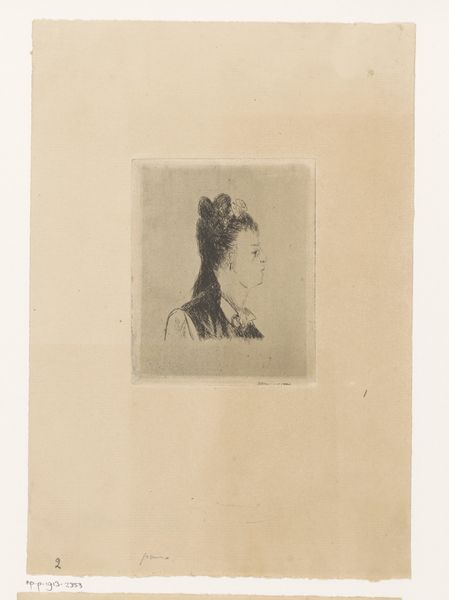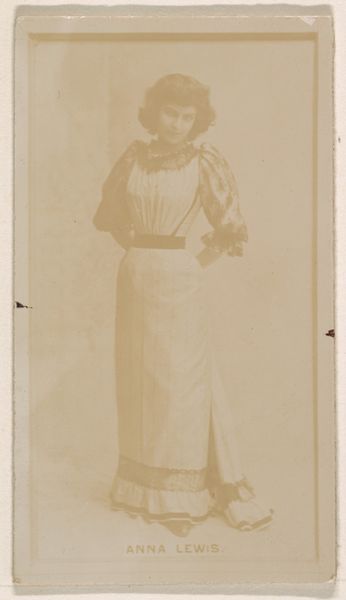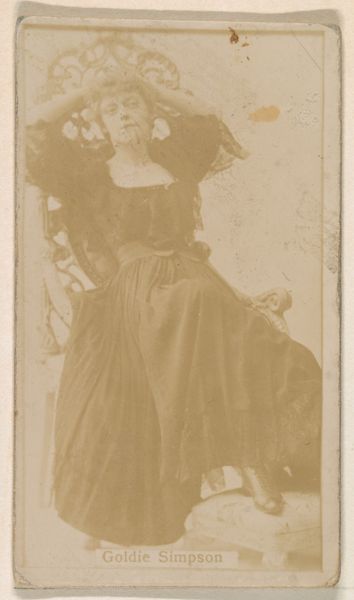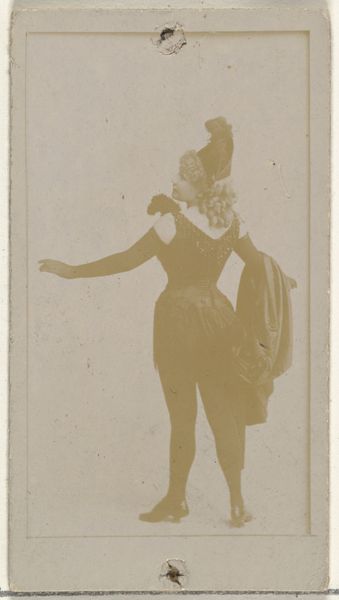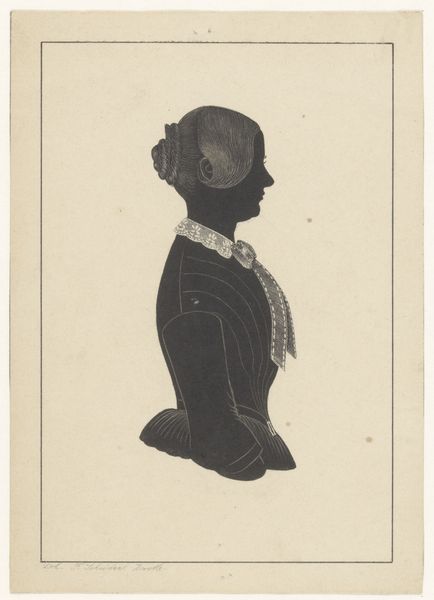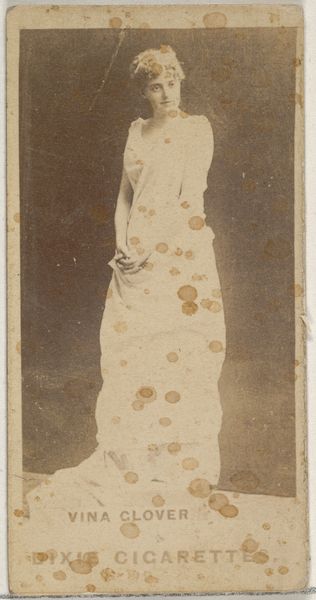
drawing, print, paper
#
portrait
#
african-art
#
drawing
# print
#
figuration
#
paper
#
romanticism
#
line
#
history-painting
Dimensions: Image: 7 15/16 × 3 1/4 in. (20.1 × 8.2 cm) Frame: 17 11/16 × 11 13/16 in. (45 × 30 cm)
Copyright: Public Domain
Curator: This silhouette, simply titled "Enslaved Woman," was created by Auguste Edouart in 1844. The medium is paper, a humble material that starkly contrasts the profundity of the subject matter. Editor: Immediately, I’m struck by the posture. Despite being a silhouette, she exudes a quiet dignity, a stoic strength against a backdrop of systemic oppression. The darkness of the silhouette, ironically, casts a bright light on the era’s darkest corners. Curator: Edouart was quite the itinerant artist, creating thousands of these paper silhouettes, especially during his time in the United States. He catered largely to elite clientele, offering quick and relatively inexpensive portraiture. Here, we are left to grapple with how Edouart might navigate the portrayal of those whose stories are, for the most part, unwritten. Editor: Indeed. There is something unsettling about the notion of profiting from a representation of someone whose very existence was defined by being profitized. How do we reconcile Edouart’s artistic practice, perhaps even his good intentions, with the inherent power imbalances he would have inevitably reproduced, especially given the subject's enforced silence and absence of agency? Curator: I agree. We must acknowledge how museums themselves shape art and the politics of imagery. Placing this silhouette within our collection initiates crucial dialogue about historical representation and cultural memory, a constant negotiation between visual document and ongoing, societal dialogue. Editor: Right. To look at this today demands interrogation. Is the piece romanticizing history, or offering quiet resistance? Is it art, or is it evidence? Either way, seeing this, you feel invited to grapple with painful histories and their lasting effects on identity, race, and power dynamics in America and elsewhere. Curator: It also underlines the importance of archives; these fragile forms remind us to reflect on historical forces in the making and continued relevance today. Editor: And that it is our role to amplify that awareness, through every silhouette, every carefully placed artwork.
Comments
No comments
Be the first to comment and join the conversation on the ultimate creative platform.
